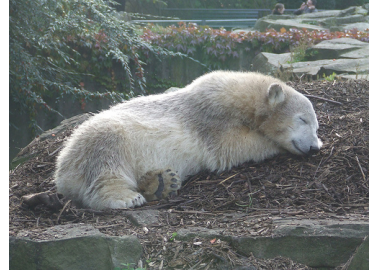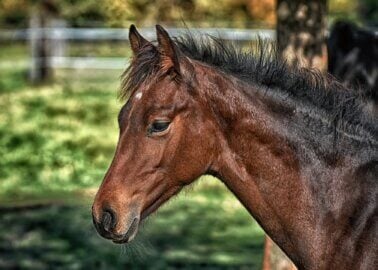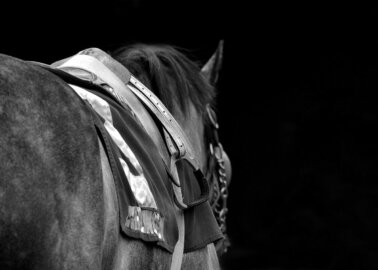Knut, Dead at Age 4
Months ago, PETA Germany had warned the head of the zoo that Knut was being terrorised by his three female companions, one being his mother, Tosca, (who had once been used in a circus.) He was under constant stress. PETA Germany repeatedly asked zoo authorities to move Knut away from the three females to a different location. Like most captive polar bears, Knut paced incessantly and bobbed his head repeatedly, signs of captivity-induced mental illness common in bears. One German zoologist termed Knut a “psychopath” but zoo officials insisted Knut was “fine.”
Previously, the zoo had tried to unload the less-cute (and less lucrative) adult Knut to another zoo. “It’s time for him to go – the sooner he gets a new home the better. Anything else would be financially irresponsible,” said the zoo’s senior bear keeper. The plans were scrapped in the face of public opposition. Polar bears naturally roam vast Arctic expanses and open water – which no zoo can provide. An Oxford University study found that polar bears suffer physical and mental anguish in captivity and noted that a polar bear’s typical enclosure size is about one-millionth of his or her minimum home-range size.
People who care about bears should refuse to buy a ticket to any zoo that profits from their misery.




